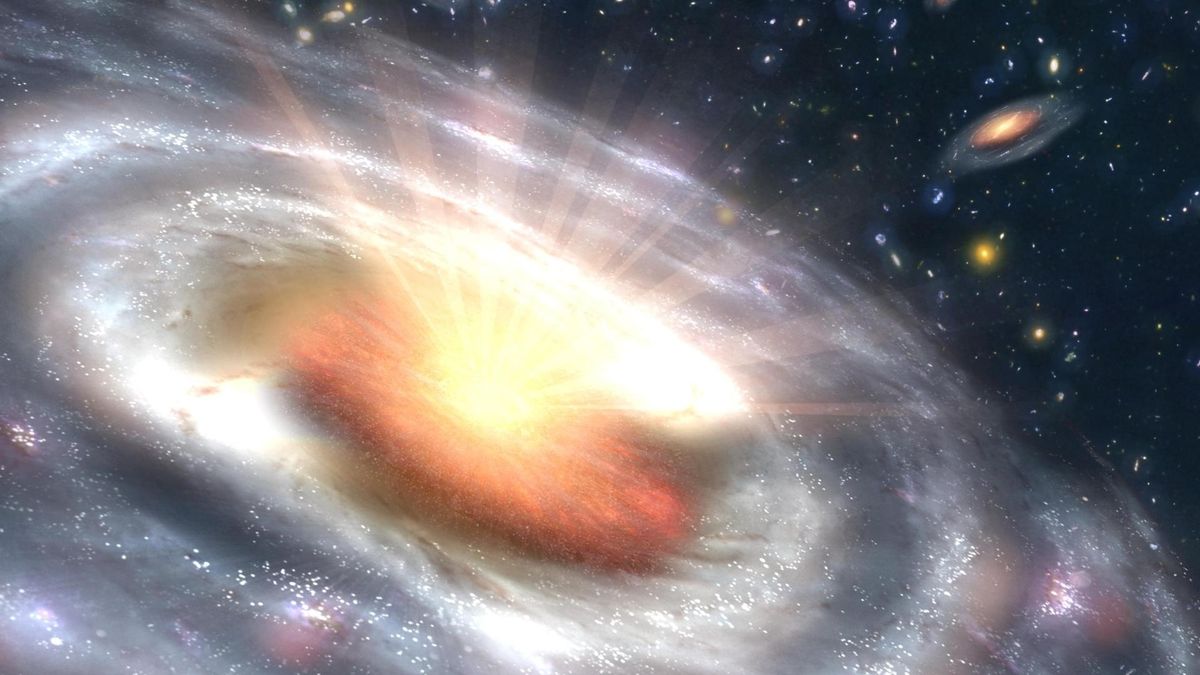
Physicists have developed the first laboratory model of a ‘black hole bomb,’ confirming a theoretical concept proposed more than 50 years ago. This breakthrough offers new insights into the behavior of waves and energy around black holes, contributing to our understanding of fundamental physics.
The idea of the black hole bomb was introduced in the 1970s by physicists exploring how energy could be amplified near rotating black holes. According to theory, if a wave enters a rotating black hole’s ergosphere—a region outside the event horizon—under the right conditions, it can be reflected back with more energy than it originally carried. If reflected repeatedly, this leads to a runaway amplification effect resembling a bomb.
To simulate this in the lab, the researchers used a setup that mimics aspects of a rotating black hole’s properties. They created conditions where waves were trapped and amplified in a way analogous to the theorized energy buildup near a real black hole.
This successful experiment not only verifies a long-standing theory in astrophysics but also opens up new avenues in the study of wave dynamics and energy amplification. The results could have implications for various fields, from quantum physics to astrophysics, and might eventually influence technologies based on wave control and amplification.
The achievement marks a significant milestone in laboratory simulations of cosmic phenomena, allowing scientists to study extreme concepts from the relative safety and control of experimental environments.
Source: https:// – Courtesy of the original publisher.






